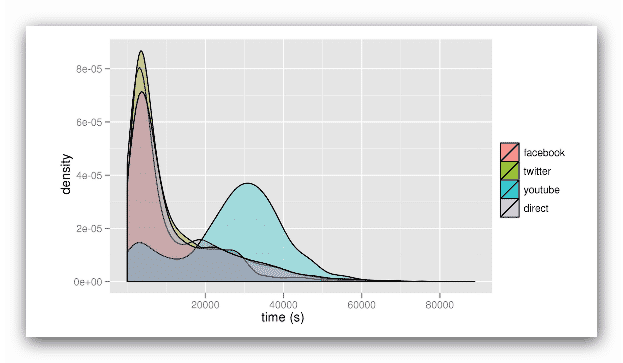 Colonel Gaddafi probably isn’t top of your mind at the moment. Yet he is in the news. Equally, Keira Knightley probably isn’t your hot topic of the moment, yet she too is making headlines today. And while we’re at it, spare a thought for George Osborne; he’s been getting a bit of stick lately. Topical news stories, but we hardly give them a second glance after we are done with them. We read them, then move on. Unless the media keeps on reminding us the “half life” of a news story is pretty short.
Colonel Gaddafi probably isn’t top of your mind at the moment. Yet he is in the news. Equally, Keira Knightley probably isn’t your hot topic of the moment, yet she too is making headlines today. And while we’re at it, spare a thought for George Osborne; he’s been getting a bit of stick lately. Topical news stories, but we hardly give them a second glance after we are done with them. We read them, then move on. Unless the media keeps on reminding us the “half life” of a news story is pretty short.
A “half life” is a scientific term meaning the time it takes for something to decay into half it’s original size. So, if you have an ice cream cornet and it slowly melts, the half life would be the time it takes for half the ice cream to have melted down your wrist…! A news story may be visible in a newspaper for a while, or on the Internet or even on TV, but its “half life” – the time between the publication of the story and half of us all forgetting about it – can be remarkably short; just a matter of hours.
New research on the Internet has looked at the half life of links online – how long do links have any impact? According to the link shortening service bit.ly which conducted the research, not very long is the answer. The half life of a link is around 3 hours. In other words, half the total number of clicks a link is likely to receive have all happened within the first 3 hours of the link going live online.
The only exception to this was YouTube, where it appears to take a lot longer for the links to “get going”. It can take 7 hours before half the clicks have happened on a YouTube video – but there are far fewer people clicking on those YouTube links in the early part of the link’s life – unlike on Twitter or Facebook. Ultimately, the result is the same – almost no-one clicks on your links around 16 hours after they have gone live. In other words, even with the best will in the world, your links are transient – literally here today, gone tomorrow.
What is revealing in this study is that no single online place has any more of an advantage over the other – the amount of clicking of a link is roughly the same regardless of whether it is on your site, on Twitter, or Facebook or YouTube. This signals that the place where you put your links is somewhat irrelevant. There is all sorts of debate online as to which service is best for placing links on. Is Twitter better than Facebook some people ask. But this research shows that the location of the link matters not a jot. Put it on Facebook and you’ll get the same click-through rate as you do if the link is on your own site or on Twitter.
This study confirms what savvy Internet marketers have known for ages – it doesn’t matter where you place your links online very much. What is far more important is what you link is about. In other words it is the content that matters.
All this study really shows is that if you wish people to notice your content you have to produce lots of good, interesting stuff frequently enough to avoid the impact of a link’s half life. In fact, this evidence suggests – much like data from HubSpot – that you need to add content to your website more than twice a day. Then let people know about that extra content through Facebook, Twitter and the like.
Related articles
- Shelf Life of Social Media Links Only 3 Hours [Data] (hubspot.com)
- 7 Tips for Creating Quality Content (grahamjones.co.uk)
- Content is the fuel of the web (grahamjones.co.uk)

